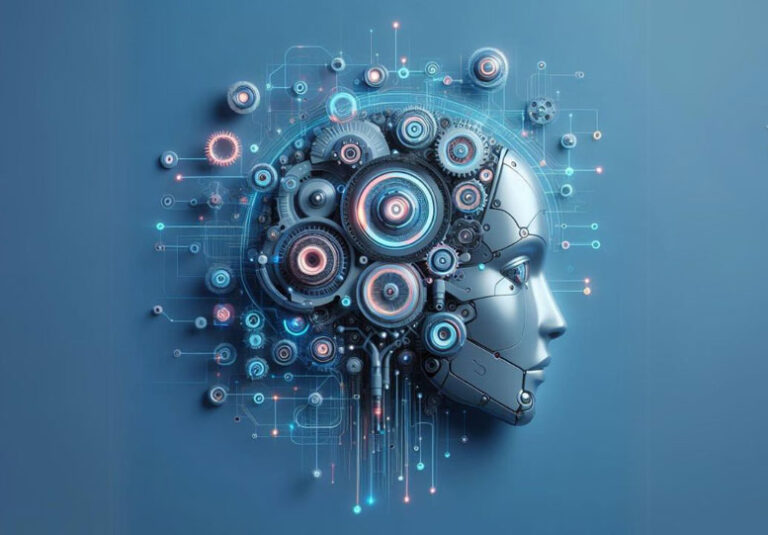Multimodal AI
Table of Contents
Multimodal AI is a branch of AI that integrates multiple modalities of data to create more sophisticated and versatile AI systems.
In recent years, the field of artificial intelligence (AI) has seen tremendous advancements, with one of the most exciting developments being the rise of multimodal AI.
This cutting-edge technology combines multiple modes of data, such as text, images, audio, and video, to enable more accurate and comprehensive AI systems.
In this article, we will explore the exciting world of multimodal AI and how it is revolutionizing the field of artificial intelligence.
What is Multimodal AI?
Multimodal AI is a branch of AI that integrates multiple modalities of data to create more sophisticated and versatile AI systems.
Traditionally, AI systems have focused on processing data from a single modality, such as text or images.
However, with the rise of multimodal AI, researchers are now able to combine data from multiple modalities to create more powerful and intelligent systems.
One of the key advantages of multimodal AI is its ability to leverage the strengths of different modalities.
For example, images provide rich visual information, while text can offer detailed descriptions.
By combining these modalities, multimodal AI systems can extract more comprehensive insights and make more informed decisions.
Applications of Multimodal AI

Multimodal AI has a wide range of applications across various industries, from healthcare to autonomous vehicles.
One of the most prominent applications of multimodal AI is in natural language processing (NLP).
By combining text and images, researchers have been able to create more accurate and contextualized language models, which have improved the performance of tasks such as sentiment analysis and language translation.
In the field of healthcare, multimodal AI is being used to analyze medical images and patient records to assist in the diagnosis and treatment of diseases.
By combining images with text data, researchers are able to create more comprehensive models that can provide more accurate and personalized healthcare solutions.
In the field of autonomous vehicles, multimodal AI is being used to process data from various sensors, such as cameras and lidar, to enable more accurate and reliable navigation systems.
By combining data from different modalities, autonomous vehicles are able to better understand their environment and make safer decisions on the road.
Challenges and Opportunities
While multimodal AI holds great promise, it also presents several challenges that researchers are actively working to address.
One of the key challenges is the integration of data from different modalities, which can be complex and resource-intensive.
Researchers are exploring new techniques, such as multimodal fusion methods, to better integrate data from different modalities and improve the performance of multimodal AI systems.
Another challenge is the lack of large-scale multimodal datasets, which are essential for training and evaluating multimodal AI models.
Researchers are working to create new multimodal datasets, such as the OpenAI DALL-E dataset, to enable the development of more advanced multimodal AI systems.
Despite these challenges, multimodal AI presents exciting opportunities for the future of artificial intelligence.
By combining data from multiple modalities, researchers are able to create more intelligent and versatile AI systems that can better understand and interact with the world around them.
Final Thoughts
Multimodal AI is revolutionizing the field of artificial intelligence by enabling more sophisticated and versatile AI systems that can leverage the strengths of different modalities of data.
From healthcare to autonomous vehicles, multimodal AI has a wide range of applications that are transforming industries and improving the lives of people around the world.
As researchers continue to push the boundaries of multimodal AI, we can expect to see even more exciting advancements in the field of artificial intelligence in the years to come.




